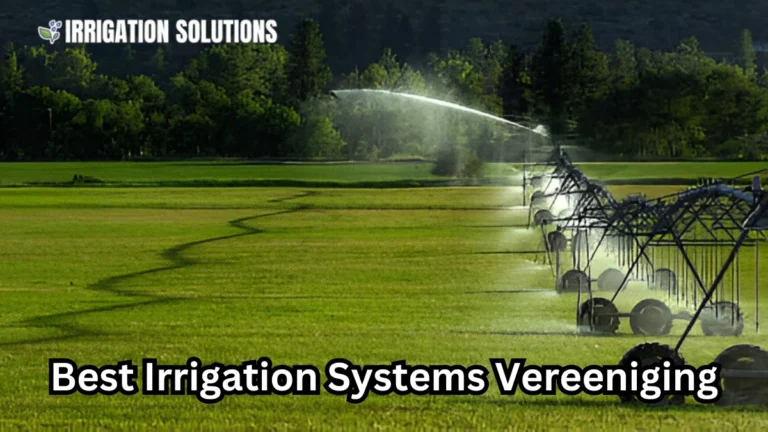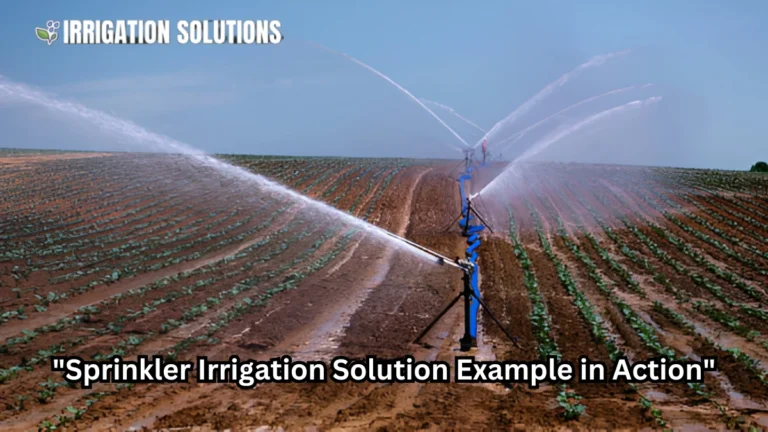irrigation solution vs normal saline

Effective wound care often involves cleaning to prevent infections and promote healing. Two widely used options are irrigation solution vs normal saline. While both have their merits, understanding the differences, benefits, and ideal applications can make a world of difference in patient outcomes.
In this post, we’ll dive deep into the nuances of irrigation solutions and normal saline. We’ll explore their roles in wound care, provide comparisons, and share insights on choosing the right option for different scenarios.
What Is an irrigation solution vs normal saline?
An irrigation solution is a sterile liquid designed to clean wounds by flushing out debris, bacteria, and contaminants. These solutions are formulated specifically for medical use and often contain antimicrobial agents, surfactants, or other additives to optimize wound care.
Key Features of irrigation solution vs normal saline:
- Sterility: Ensures no additional contamination is introduced.
- Antimicrobial Properties: Some solutions reduce bacterial load in the wound.
- Surfactants: Aid in breaking down biofilms and stubborn debris.
- Variety: Available in options like lactated Ringer’s solution, antiseptic solutions, or even custom-formulated ones for specific cases.
Irrigation solutions are commonly used in surgical procedures, chronic wound management, and trauma cases where thorough cleaning is essential.
What Is Normal Saline?
Normal saline, a 0.9% sodium chloride solution, is a simple and versatile option for wound irrigation. It closely mimics the body’s natural fluids, making it gentle on tissues. Its straightforward composition makes it a go-to for many healthcare professionals.
Key Features of Normal Saline:
- Isotonic Nature: Matches the body’s osmolarity, minimizing irritation.
- Cost-Effective: Widely available and budget-friendly.
- Sterility: Sold in prepackaged, sterile containers.
- Non-Irritating: Suitable for sensitive tissues and mucous membranes.
While normal saline lacks the additional properties found in specialized irrigation solutions, it is a reliable choice for routine wound care.
Comparing Irrigation Solutions and Normal Saline
Here’s a side by side comparison to help you understand the strengths and limitations of each option:
| Aspect | Irrigation Solutions | Normal Saline |
| Composition | Can include antimicrobials, surfactants, or nutrients | 0.9% sodium chloride, isotonic |
| Cost | Generally more expensive | Affordable |
| Effectiveness | More effective against bacteria and biofilms | Basic wound cleaning |
| Tissue Safety | Depends on the formulation | Very safe |
| Applications | Surgical wounds, chronic wounds, infected wounds | Minor wounds, routine irrigation |
Quick Tip:
For wounds at high risk of infection, irrigation solutions are often preferred due to their antimicrobial properties. However, normal saline is excellent for minor injuries or when cost is a concern.
Benefits of Irrigation Solutions in Wound Care
Irrigation solutions offer targeted advantages in specific scenarios. Here’s why they stand out:
Enhanced Cleaning
The addition of surfactants in some formulations helps break down biofilms a major obstacle in chronic wound management. According to a 2023 study published in the Journal of Wound Care, biofilms are present in over 80% of chronic wounds, making specialized irrigation solutions invaluable.
Antimicrobial Action
Irrigation solutions containing antiseptics like povidone-iodine or chlorhexidine can reduce bacterial load significantly. This is especially useful in post-surgical wounds or heavily contaminated injuries.
Versatility
From trauma to diabetic foot ulcers, these solutions cater to diverse wound types. They’re also customizable, with some hospitals preparing tailored formulations for complex cases.
Benefits of Normal Saline in Wound Care
Despite its simplicity, normal saline remains a cornerstone of wound care. Here’s why:
Cost Effectiveness
Normal saline is widely available and inexpensive, making it accessible for healthcare facilities of all sizes. This is particularly crucial in resource limited settings.
Gentle on Tissues
Its isotonic nature ensures compatibility with the body’s cells, reducing the risk of irritation or cytotoxicity. This makes it ideal for sensitive areas, such as the eyes or mucosal tissues.
Broad Applicability
Normal saline is suitable for various wound types, from abrasions to surgical incisions. Its lack of additives minimizes the risk of allergic reactions or adverse effects.
Real-Life Case Studies: Irrigation Solutions vs Normal Saline
Case Study 1: Chronic Wound Healing
A 62-year-old diabetic patient with a chronic foot ulcer showed minimal progress with normal saline irrigation. Switching to a surfactant containing irrigation solution resulted in a 40% reduction in wound size within four weeks, highlighting the solution’s effectiveness against biofilms.
Case Study 2: Pediatric Trauma Care
A 5-year old with a deep laceration from a fall was treated using normal saline irrigation. The wound healed without complications, demonstrating the suitability of saline for straightforward cases.
These cases illustrate the importance of tailoring the choice of irrigation method to the wound’s specific needs.
How to Choose Between Irrigation Solutions and Normal Saline
Factors to Consider:
- Wound Type: Chronic or infected wounds may benefit from specialized solutions, while normal saline is sufficient for minor injuries.
- Risk of Infection: High-risk wounds, like bite injuries, often require antimicrobial irrigation.
- Budget: Normal saline is a cost effective choice for routine care.
- Tissue Sensitivity: For delicate areas, isotonic solutions like normal saline are preferred.
Best Practices for Wound Irrigation
- Use Adequate Volume: Studies recommend at least 50-100 mL of fluid per cm² of wound area.
- Maintain Sterility: Always use sterile containers and tools to avoid introducing contaminants.
- Optimize Pressure: Use 4-15 psi for effective cleaning without damaging tissues. Syringes with 18- or 19-gauge needles work well for controlled pressure.
- Monitor Patient Response: Watch for signs of irritation or delayed healing, and adjust the approach accordingly.
Final Thoughts
The choice between irrigation solutions and normal saline depends on the wound’s complexity, risk of infection, and available resources. While normal saline is a reliable, budget friendly option, irrigation solutions offer advanced cleaning and antimicrobial benefits for challenging wounds.
Understanding these differences can empower healthcare providers and caregivers to make informed decisions, leading to better outcomes for patients.






